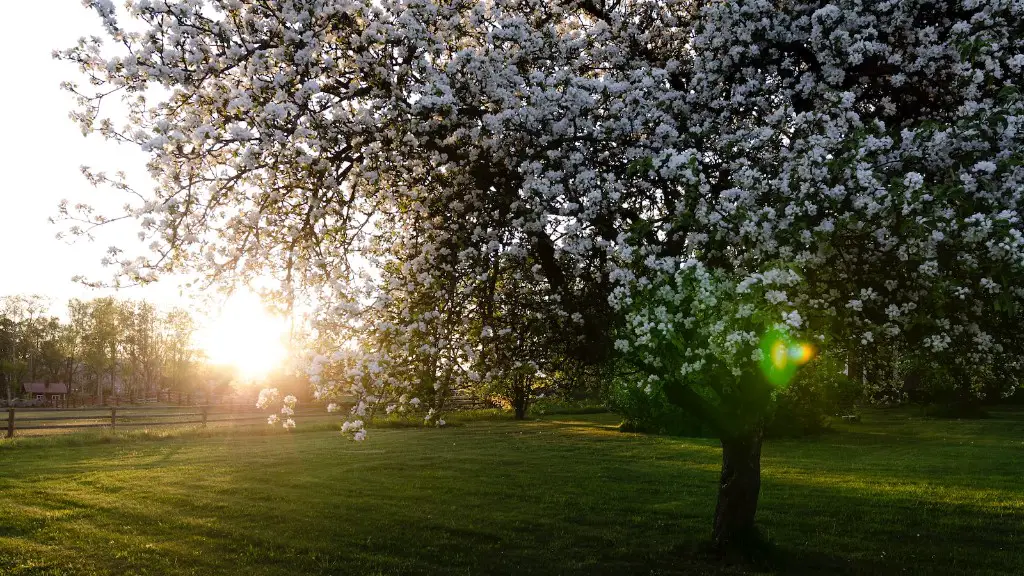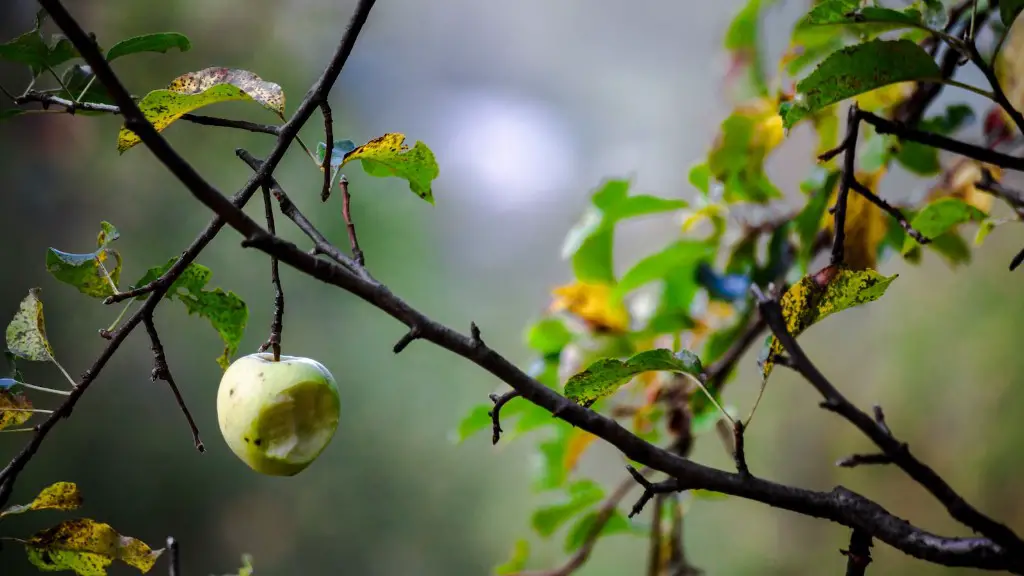Why is My Avocado Tree Leaves Curling?
Avocados are a favorite food of many people, with extremely high nutritional value they are a staple of many diets. An avocado tree is a great way to bring fresher produce to the kitchen, but sometimes these trees can be afflicted by certain diseases and pests. One of the most common signs of trouble is excessive leaf curling, which can be an indicator of various issues.
Background Information on Avocado Trees
Avocado trees are evergreen trees native to Mexico and Central America, and thrive best in climates with warm, dry summers and mild winters. The trees flower from March to May and produce fruit from late spring to fall. Avocado trees prefer full sun, with 6-9 hours of direct sunlight per day for maximum fruit production. They typically grow to about 25-30 feet and require proper soil moisture, fertilizer and pruning for healthy growth.
Possible Causes of Leaf Curling
Excessive leaf curling on an avocado tree typically indicates an issue with the environment or the tree’s health. Environmental stress is the most common cause, and can occur when the tree is not getting enough water or nutrients, or because of temperature extremes or wind damage. Other causes of leaf curling include pests or disease, nutritional deficiencies, improper pruning, and fertilizer burn.
Checking for Pests
If environmental stress does not seem to be the cause, a close inspection of the leaves for signs of pests is necessary. There are many different pests that can be detrimental to avocado trees, such as aphids, mites, mealybugs, thrips and scale insects. Visible pests can often be removed with a cotton swab dipped in rubbing alcohol. Insecticidal soap, neem oil or other organic treatments can also be used to treat an infection.
Testing for Disease
If leaf curling is accompanied by discoloration or stunted growth, then it is likely the tree is suffering from a fungal disease. Fungal diseases are most commonly caused by too much moisture, and can spread very quickly if left untreated. If a fungal disease is present, there are several treatments available to help mitigate the problem. These include pruning affected branches, treating the soil with a fungicide, and improving the drainage around the tree.
Evaluating the Soil
The soil surrounding an avocado tree is crucial for its health and productivity. The soil should be well-draining and ideally have a pH of 6.5 to 7.5 for optimal growth. It should also be regularly tested for nutrient deficiencies, to ensure the tree is getting the right balance of nitrogen, phosphorus, potassium and other essential nutrients.
Fertilizing Correctly
Avocado trees need regular fertilizing in order to produce healthy fruit. While overusing or misusing fertilizer can cause damage to the tree, failing to fertilize can also prevent the tree from getting enough nutrients. An experienced horticulturist or soil specialist can help determine the best type and quantity of fertilizer for the tree, in order to avoid potential damage.
Managing Water Levels
Water is essential for the growth of any avocado tree, but too much or too little can have a profound effect on its health. The soil should be kept slightly moist, but not overly wet, and it is important to remember that mature trees need less water than younger ones. Watering the tree in the morning so that the leaves are dry by night will also help prevent fungal disease.
Pruning Overgrown Branches
A proper pruning regime is essential for promoting healthy growth in avocado trees. Pruning can help shape the tree, as well as keep it free of dead or diseased branches. Care must be taken to not overprune the tree, as this is also damaging to the health and productivity of the tree.
Considering Climate Factors
The climate in which an avocado tree is grown can play a major role in its health and productivity. In areas with extreme temperatures or low humidity, the tree may struggle to survive. In order to mitigate these effects, growers should choose a tree that is adapted to their specific climate and make sure the tree has enough water and nutrients.
Providing the Right Conditions for Growth
If leaf curling is becoming a problem, it is important to determine the cause and address it immediately. While environmental stress and pests are the most common causes of leaf curling, it is also important to ensure the tree has the proper nutrients, fertilizing and water levels for optimal growth. With the right attention, an avocado tree can provide delicious and nutritious fruit for many years.

